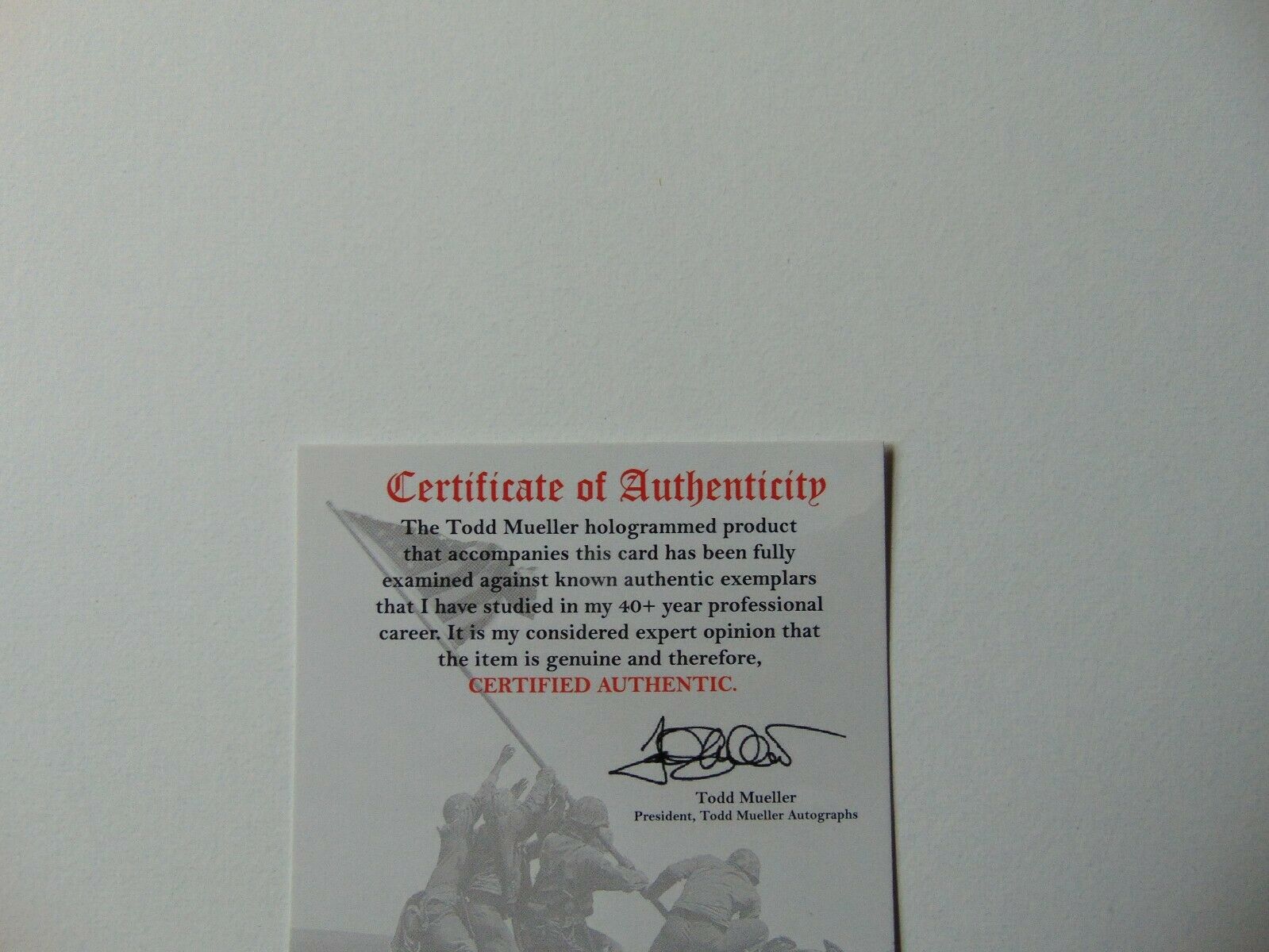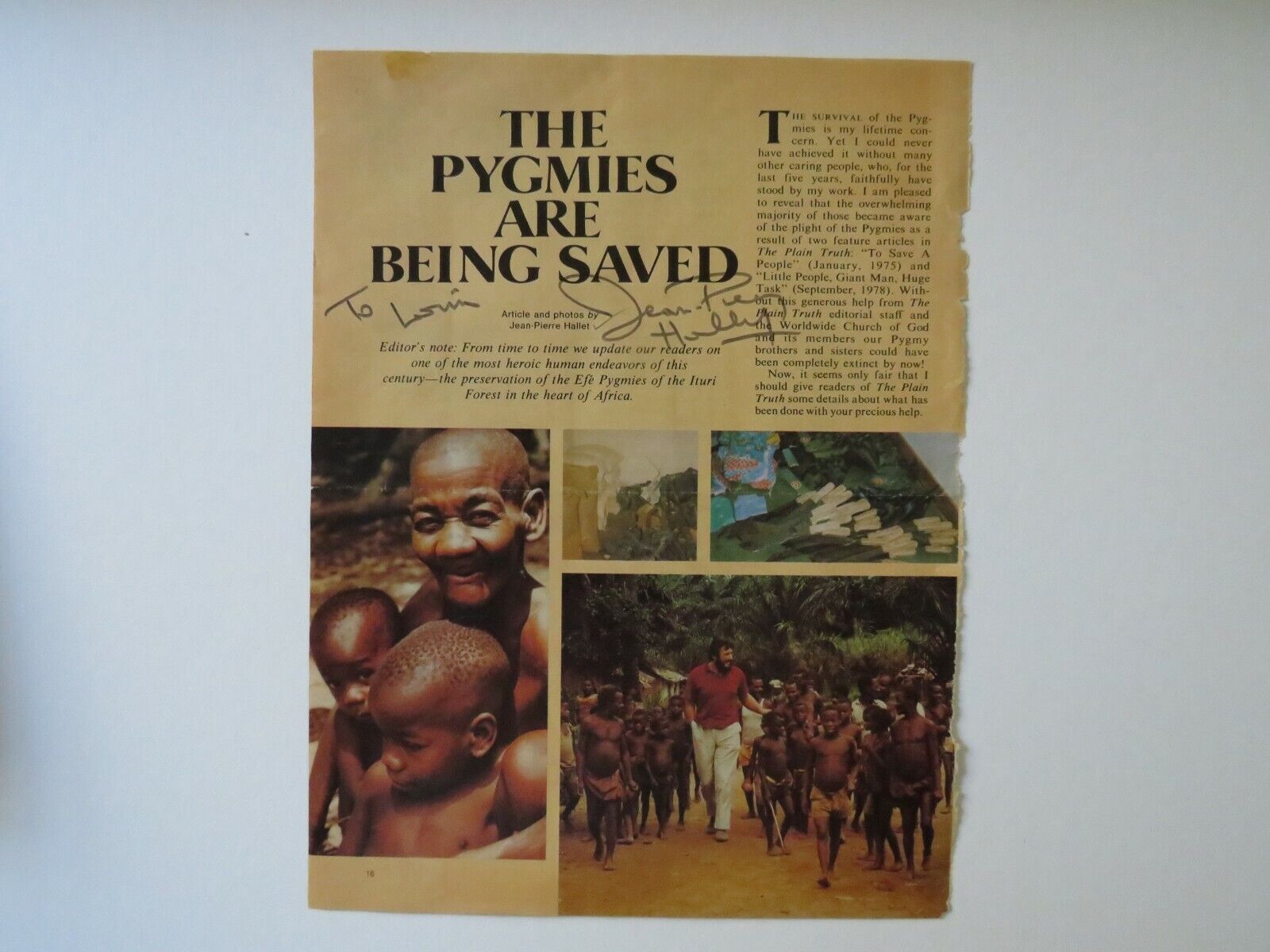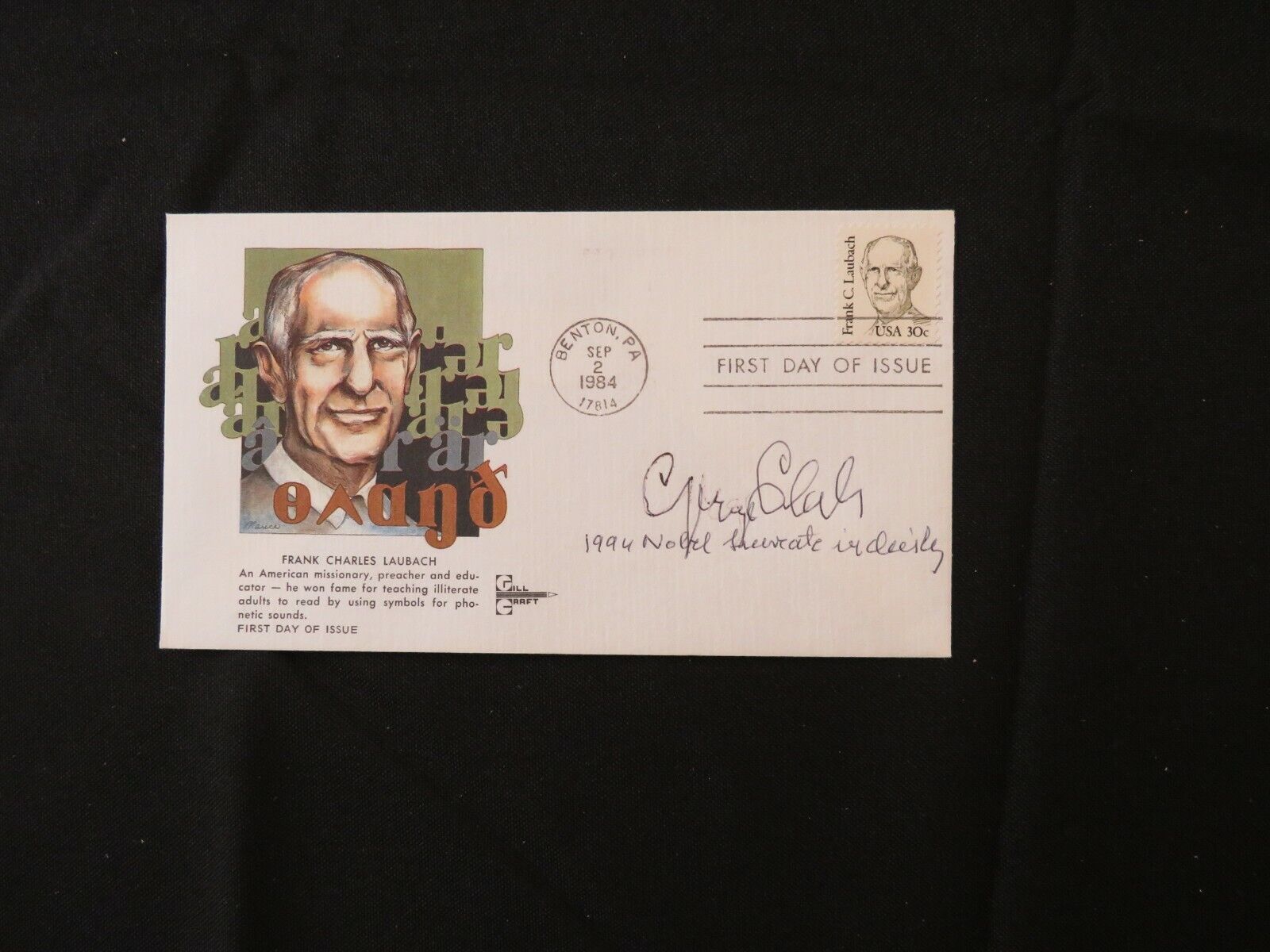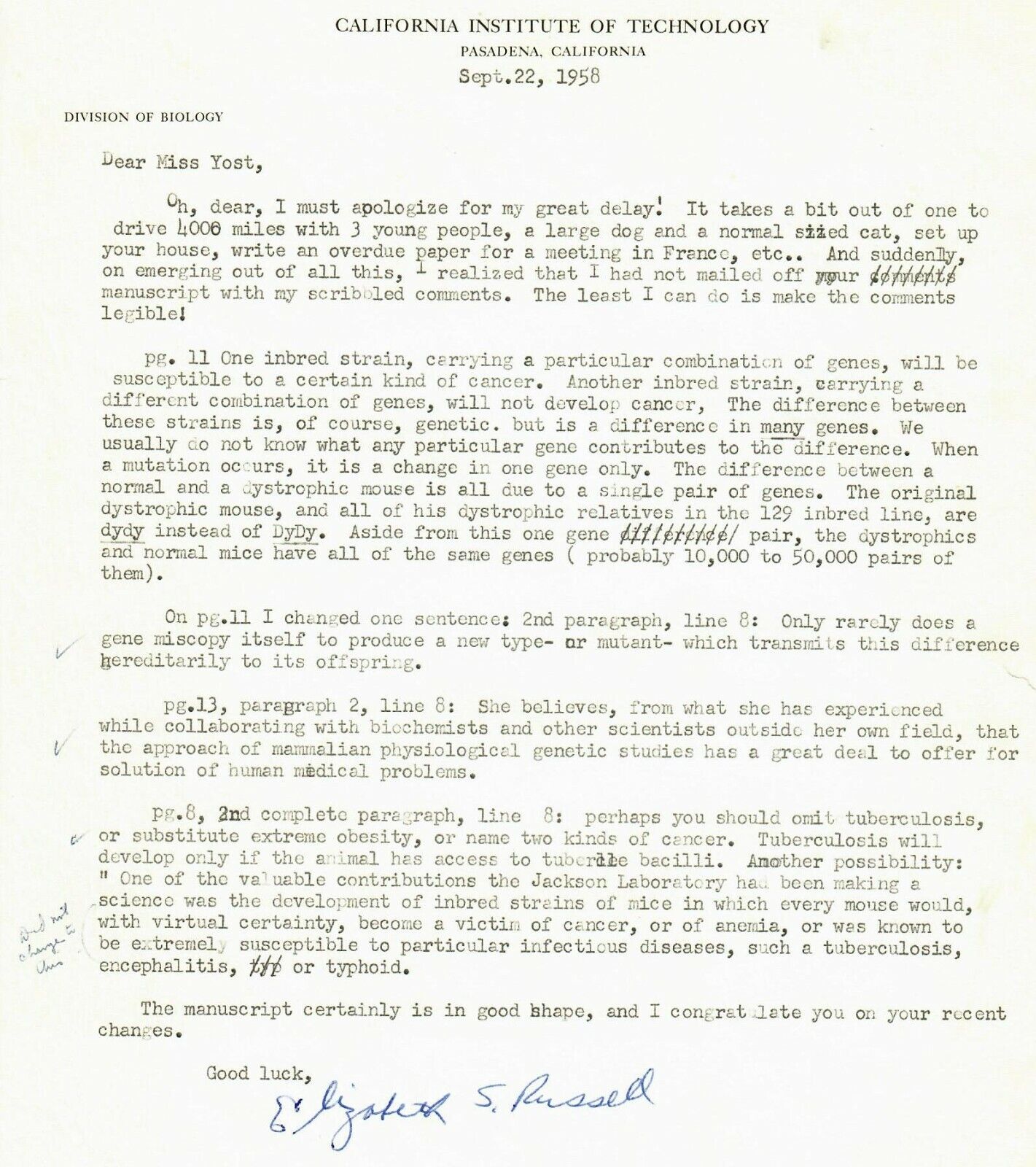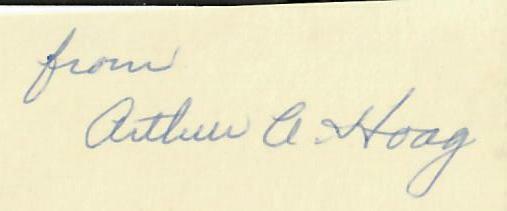-40%
"Rocket Pioneer" Konrad Dannenberg Hand Signed Album Page Todd Mueller COA
$ 79.19
- Description
- Size Guide
Description
Up for auction"Rocket Pioneer" Konrad Dannenberg Hand Signed Album Page.
This item is certified authentic by Todd Mueller Autographs and comes with their Certificate of Authenticity.
ES-4883E
Konrad Dannenberg
(August 5, 1912 – February 16, 2009) was a
German-American
rocket
pioneer and member of the
German rocket team
brought to the United States after World War II. Dannenberg was born in
Weißenfels
,
Province of Saxony
(current
Saxony-Anhalt
). At the age of two, he and his family moved to
Hannover
, where he spent his youth. He became interested in space technology while attending a lecture by
Max Valier
, a German pioneer in that field. He witnessed two tests with a rocket-driven railroad car in
Burgwedel
near Hannover and then joined
Albert Püllenberg
's group of amateur rocketeers. Dannenberg studied
mechanical engineering
at the
Technische Hochschule
Hannover (current
University of Hannover
) with emphasis in diesel fuel injection, because he recognized that injectors would also be part of the process of moving propellants into a high-pressure rocket engine.
When
World War II
began, Dannenberg, a member of the Nazi party since 1932, was drafted into the
German Army
in 1939, serving first with a horse-artillery unit acquired by the German Army in
Czechoslovakia
. He took part in the initial stages of the
Battle of France
. In the spring of 1940, through the influence of Püllenberg, Dannenberg was discharged from the army and became a civilian employee at the Heeresversuchsanstalt Peenemünde (
Peenemünde Army Research Center
).Under
Walter Thiel
's guidance, he became a rocket propulsion specialist. His main assignment was developing a rocket engine for the
V-2
ballistic missile. He was at Peenemünde on 3 October 1942 to witness the launch of the first man-made object to reach
outer space
, a V-2 rocket. This was the first man-made vehicle to reach space based on a then-current definition of 50 miles in altitude (see
Kármán line
for relevant background). Many improvements on which he worked could not be completed in time for production. After Thiel's death in an August 1943 bombing raid, a design freeze stopped all development efforts. Dannenberg then became
Walter Riedel
's deputy and headed the crash effort to finalize production drawings of the V-2, the world's first
ballistic missile
, used by the Nazis to bomb London. He was interviewed for the documentary "The Hunt for Hitler's Scientists."
After the end of World War II, Dannenberg was brought to the United States with 117 other German specialists under
Operation Paperclip
to
Fort Bliss
,
Texas
. Most members of the group performed calculations and designs of future advanced launch vehicles with longer ranges and greater payloads. About 30 members trained the
U.S. Army
and the support contractor
General Electric
to launch V-2s at the
White Sands Proving Ground
. Due to range limitations, all rockets were launched vertically, to limit their range.
Robert H. Goddard
's idea of upper atmosphere research could now be conducted on a large scale. When the
Korean War
started, the group was required to leave their quarters in an Annex to the Wm. Beaumont Hospital, and were eventually transferred to the
Redstone Arsenal
near
Huntsville, Alabama
, where development of the
PGM-11 Redstone
Missile was their first assignment. At that time, rocket pioneer and former SS major
Wernher von Braun
decided not to start their own rocket engine development, but to purchase an engine from
North American Aviation
(NAA) that was being developed by Dannenberg's former boss, Riedel, who had previously left the team to join NAA. Due to these circumstances, Dannenberg became Liaison Engineer at NAA's
Rocketdyne
Division and procured rocket engines for the Redstone and the
Jupiter IRBM
for the U.S. Army. He also became responsible for production of the Redstone and Jupiter missile systems for the
Army Ballistic Missile Agency
at the
Chrysler
plant in
Detroit
,
Michigan
. In 1960, Dannenberg joined
NASA
's newly established
Marshall Space Flight Center
as Deputy Manager of the
Saturn program
.
He received the NASA Exceptional Service Medal in 1973 for successfully initiating development of the largest rocket ever built, the Saturn V, which took the first human beings to the moon.
When
Arthur Rudolph
came back from the Army's development of the
Pershing missile
system, von Braun assigned the management of the Saturn system to him. Dannenberg then started to work on Saturn-based space stations, which were eventually replaced by the
Space Shuttle
-based
ISS
.

